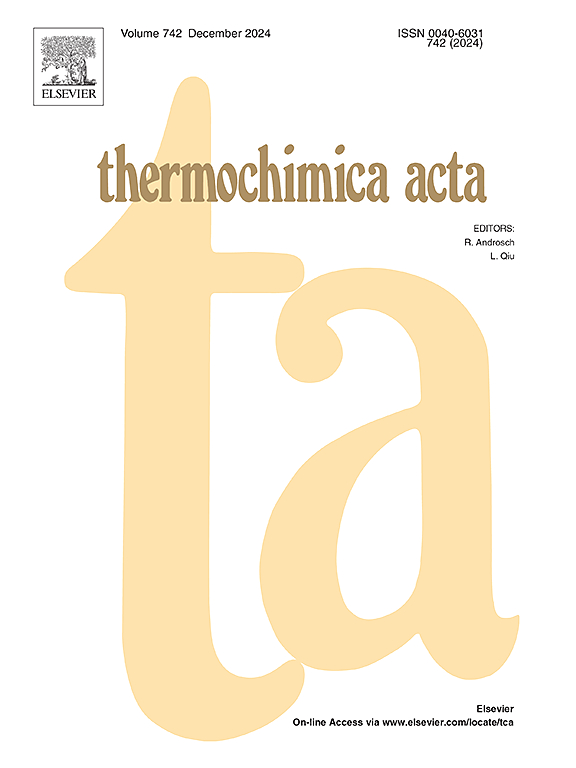Heat transfer phenomena in a finite circular channel with biomass transported by a rotating shaftless screw heated by an electric current
IF 3.1
2区 化学
Q2 CHEMISTRY, ANALYTICAL
引用次数: 0
Abstract
In this work, we simulate heat transfer in a finite cylindrical circular chanell filled with biomass as pseudo-liquid moving with constant velocity by means of a shaftless screw rotation. The screw acts as a heat source due to the Joule-Lenz effect. The channel lateral surface is thermally insulated, and the Newton boundary conditions are fulfilled at the ends of the channel. To solve this new initial-boundary value problem, the method of expanding the desired temperature into a Fourier-Bessel series over angular and radial variables, as well as the integral Laplace transform over time, was used. The problem in the transforms is solved by replacing the unknown functions in such a way that inhomogeneous ordinary differential equations are transformed into homogeneous differential equations. As a result, an exact solution of the problem was obtained in the field of originals. A detailed numerical analysis of the spatial and temporal characteristics of the temperature field was performed. It is shown that due to the absence of the internal shaft of the screw with its additional reflective surface, the amplitudes of temperature oscillations in the quasi-stationary regime are quite weak, on the order of 0.02 K. However, they are clearly manifested when analyzed in certain directions, especially at appropriately selected velocities of the screw rotation and rectilinear movement of biomass.
生物质由电流加热的旋转无轴螺杆输送的有限圆形通道内的传热现象
在这项工作中,我们通过无轴螺杆旋转模拟了在一个有限的圆柱形圆形通道中填充生物质作为准液体以恒定速度移动的传热。由于焦耳-伦茨效应,螺旋起热源的作用。通道侧表面是绝热的,通道两端满足牛顿边界条件。为了解决这个新的初边值问题,使用了将期望温度展开为角变量和径向变量的傅里叶-贝塞尔级数以及随时间的积分拉普拉斯变换的方法。通过将非齐次常微分方程转化为齐次微分方程来替换未知函数,从而解决了变换中的问题。得到了该问题在原域中的精确解。对温度场的时空特征进行了详细的数值分析。结果表明,由于螺杆内轴及其附加反射面的缺失,准平稳区温度振荡幅度非常弱,约为0.02 K。然而,当在一定方向上分析时,特别是在适当选择的螺杆旋转速度和生物质直线运动速度下,它们明显表现出来。
本文章由计算机程序翻译,如有差异,请以英文原文为准。
求助全文
约1分钟内获得全文
求助全文
来源期刊

Thermochimica Acta
化学-分析化学
CiteScore
6.50
自引率
8.60%
发文量
210
审稿时长
40 days
期刊介绍:
Thermochimica Acta publishes original research contributions covering all aspects of thermoanalytical and calorimetric methods and their application to experimental chemistry, physics, biology and engineering. The journal aims to span the whole range from fundamental research to practical application.
The journal focuses on the research that advances physical and analytical science of thermal phenomena. Therefore, the manuscripts are expected to provide important insights into the thermal phenomena studied or to propose significant improvements of analytical or computational techniques employed in thermal studies. Manuscripts that report the results of routine thermal measurements are not suitable for publication in Thermochimica Acta.
The journal particularly welcomes papers from newly emerging areas as well as from the traditional strength areas:
- New and improved instrumentation and methods
- Thermal properties and behavior of materials
- Kinetics of thermally stimulated processes
 求助内容:
求助内容: 应助结果提醒方式:
应助结果提醒方式:


